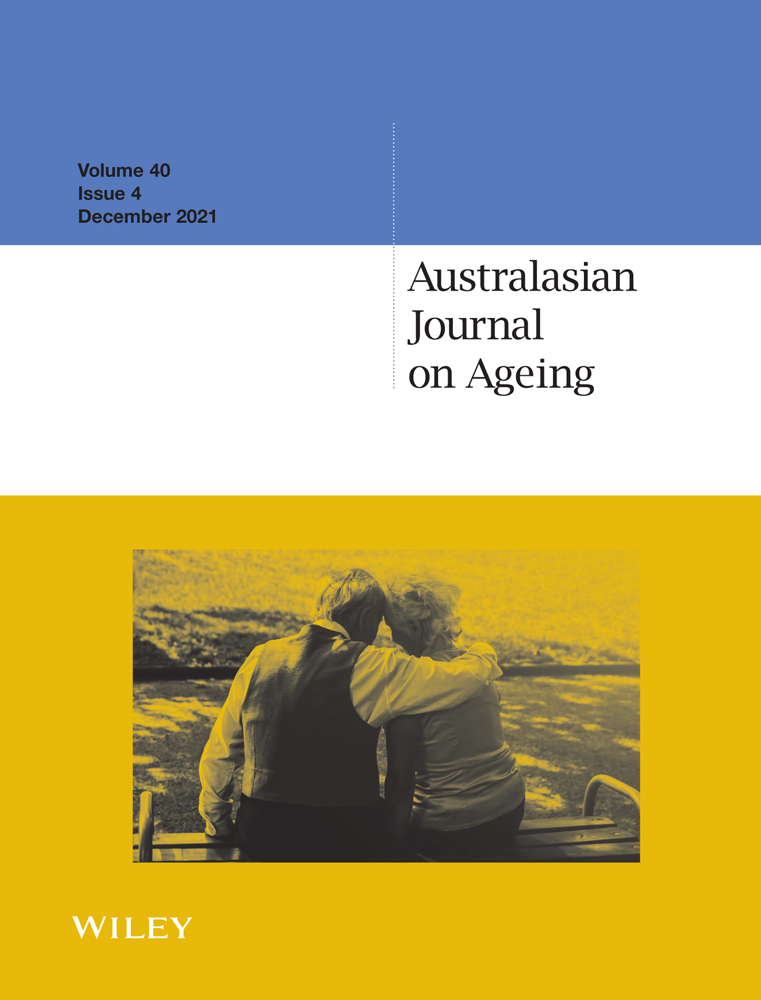Has consumer-directed care improved the quality of life of older Australians? An exploratory empirical assessment
Abstract
Objectives
To assess the impact of a Consumer Directed Care (CDC) model of service delivery on the quality of life of older people receiving home care packages.
Methods
Quality of life was assessed using validated instruments. The relationship between quality of life and length of time exposed to CDC was examined using descriptive statistical and multivariate regression analyses.
Results
Consenting older adults (n = 150) in receipt of home care packages participated. Quality of life and capability scores were higher for older people in receipt of a CDC model of service delivery for <12 months compared to those receiving the model of care for longer, although this difference was not statistically significant. However, older people with more recent exposure to CDC indicated a stronger capability to do things that made them feel valued.
Conclusion
Extended longitudinal follow-up is needed to facilitate a detailed examination of the relationship between the evolution of CDC and its longer-term influences on quality of life.
CONFLICT OF INTEREST
No conflicts of interest declared.




